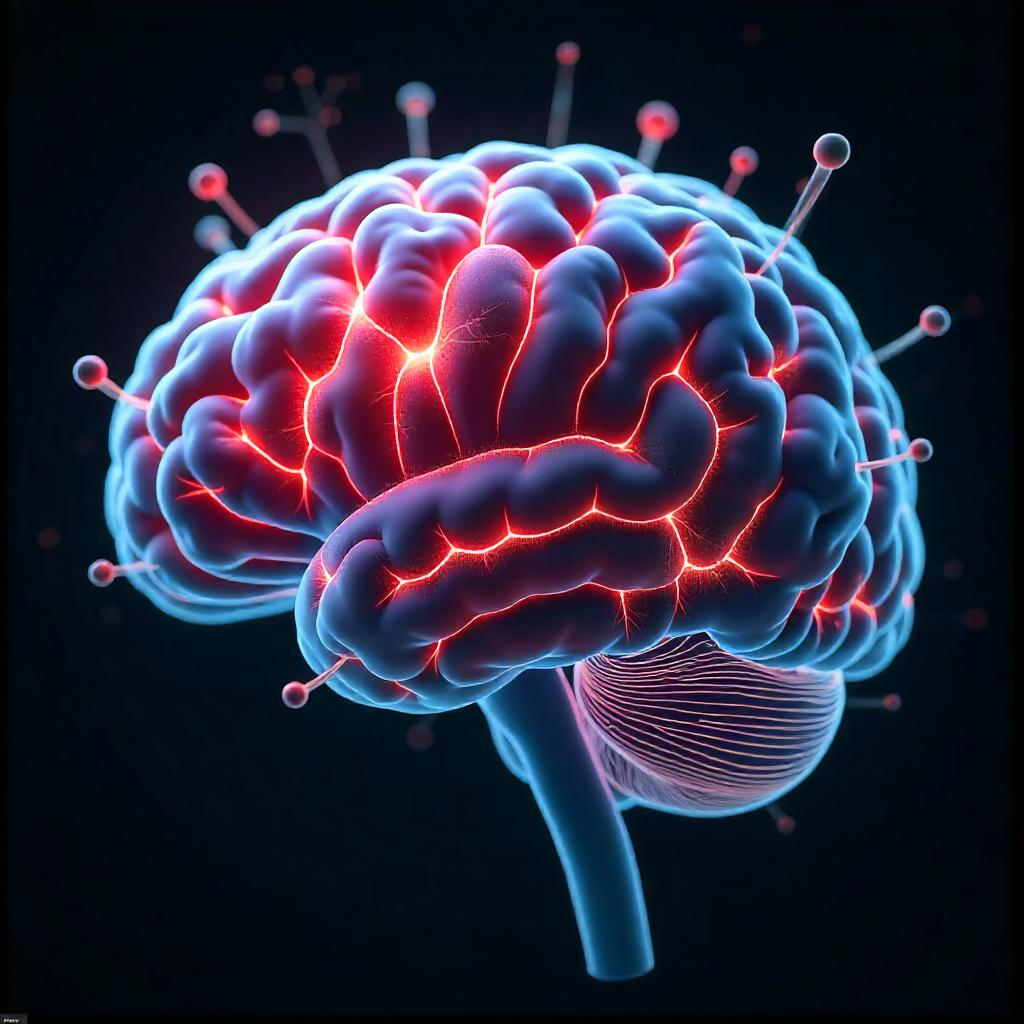What Is Parkinson’s Disease?
Parkinson’s disease (PD) is a progressive neurodegenerative disorder that affects movement, coordination, and other bodily functions. It is most well-known for causing tremors, muscle stiffness, and slow movements.
Globally, PD affects over 10 million people, making it the second most common neurodegenerative disease after Alzheimer’s.
While researchers have made significant advances in understanding how PD develops in the brain, its exact causes remain elusive.
How Parkinson’s Affects the Brain
Parkinson’s disease primarily involves the loss of dopamine-producing neurons in a region of the brain called the substantia nigra. Dopamine is a neurotransmitter critical for controlling:
- Voluntary movement
- Mood
- Sleep
- Learning and memory
As dopamine levels fall, the brain’s ability to coordinate smooth and controlled muscle movements diminishes, leading to the motor symptoms of Parkinson’s disease.
Researchers have also identified abnormal clumps of a protein called alpha-synuclein (forming Lewy bodies) in brain cells of people with PD, but their exact role in disease progression remains under study.
Known Causes and Risk Factors of Parkinson’s Disease
The cause of Parkinson’s disease is considered multifactorial, meaning several factors likely interact to trigger the disease. Let’s explore them in detail.
Genetic Factors
Most Parkinson’s cases are sporadic, meaning they occur without a clear genetic cause. However, about 10–15% of cases are linked to inherited genetic mutations.
Known PD-related genes include:
- SNCA: Related to alpha-synuclein production.
- LRRK2: The most common genetic cause of Parkinson’s in certain populations.
- PARK2 (parkin), PINK1, DJ-1, VPS35: Often associated with younger-onset PD.
Even in people without a family history, genetic variations may slightly increase risk.
Environmental Factors
Certain environmental exposures are linked to higher risk of developing PD, though they don’t guarantee disease onset. Examples include:
- Pesticide exposure: Some farming chemicals, like paraquat and rotenone, have been linked to increased risk.
- Rural living: Possibly due to higher exposure to agricultural chemicals.
- Heavy metals: Prolonged exposure to manganese or lead may contribute to PD risk in rare cases.
- Well water consumption: Potentially linked to contaminants.
Important: Most people exposed to these factors do not develop Parkinson’s. Environmental risks likely interact with genetic vulnerability.
Age and Sex
- Age: Parkinson’s risk increases significantly after age 60.
- Sex: Men are about 1.5 times more likely than women to develop PD.
Researchers theorize hormonal differences, like estrogen’s possible protective effect, may play a role in this gender gap.
Other Possible Risk Factors
Other factors under investigation include:
- Traumatic brain injury (TBI): Some studies link repeated head injuries to increased PD risk.
- Inflammation and immune response: Chronic neuroinflammation may contribute to neuron loss.
- Oxidative stress: Damage from unstable molecules called free radicals may harm dopamine-producing neurons.
- Gut-brain connection: Recent research suggests Parkinson’s may start in the gut and travel to the brain via the vagus nerve.
While intriguing, these links require more research to confirm their exact role in Parkinson’s development.
Myths About the Causes of Parkinson’s Disease
Myth: Parkinson’s is caused by stress.
- Fact: Stress does not cause PD, though it can worsen symptoms once the disease is present.
Myth: Parkinson’s is only genetic.
- Fact: Most PD cases occur without any family history. Genetics play a role but are not the only cause.
Myth: Parkinson’s only affects older people.
- Fact: While rare, Parkinson’s can occur in people under 50 (young-onset Parkinson’s).













